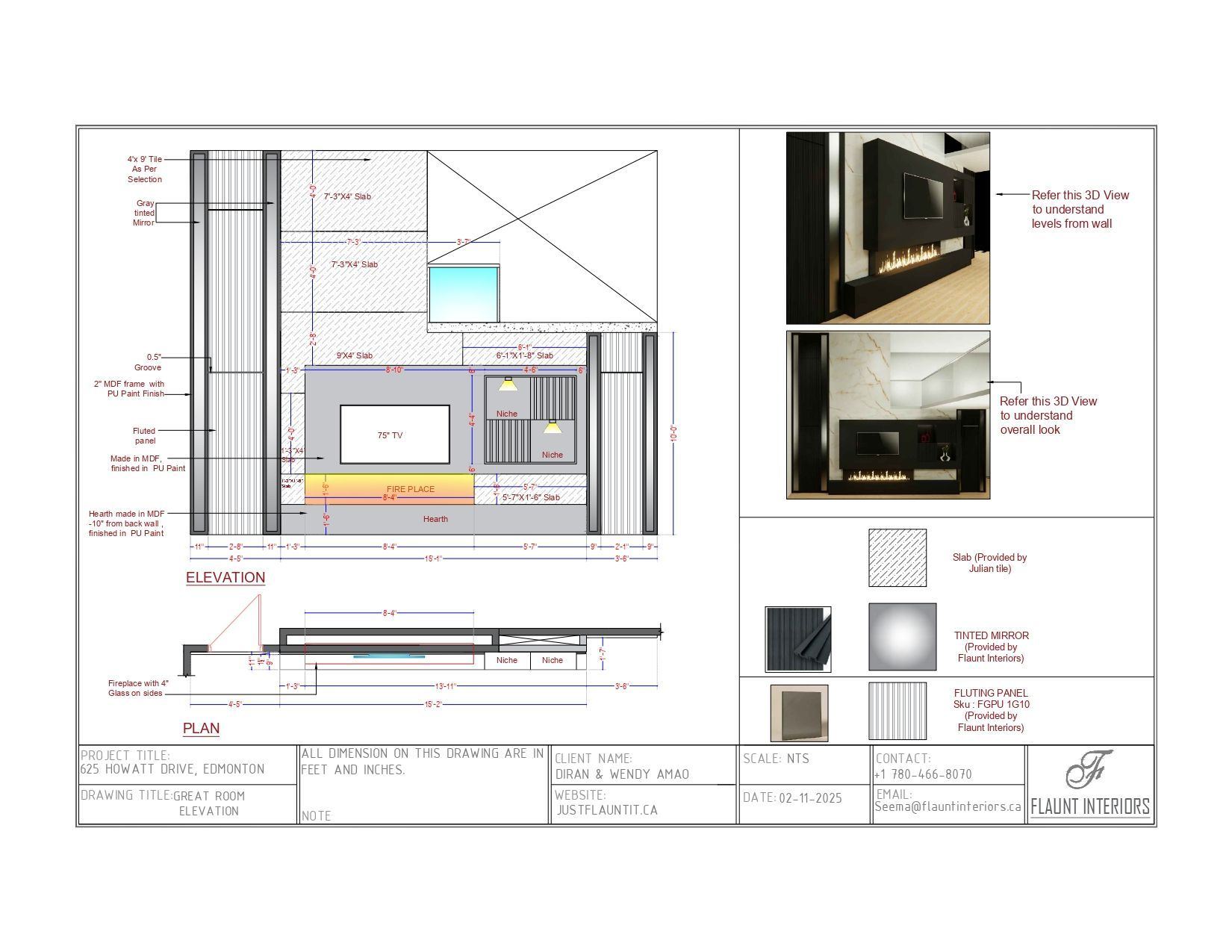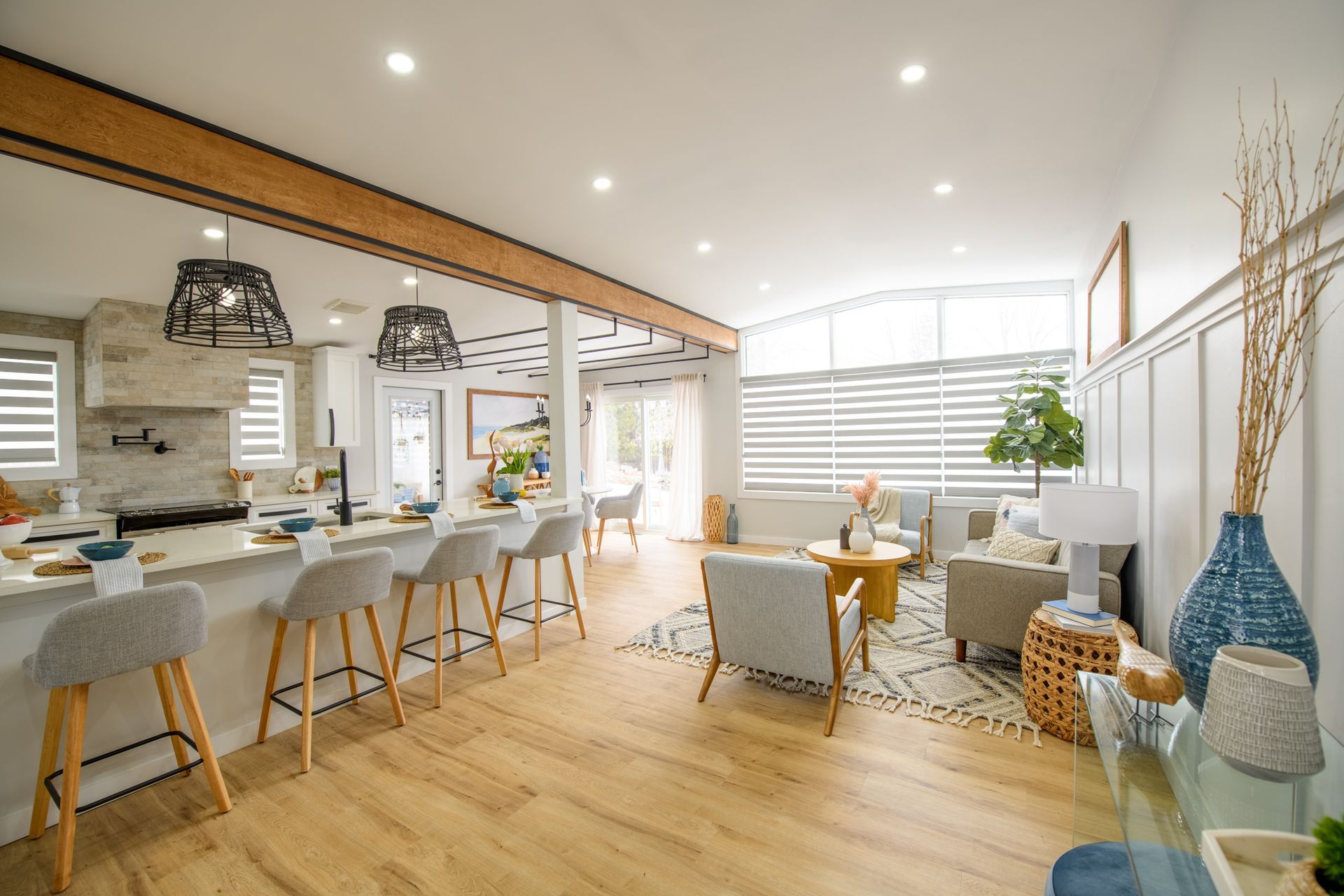How to Spot High-Quality Furniture in a Consignment Studio
Whether you’re shopping for a single piece or furnishing your entire home, knowing how to identify high-quality furniture is key to making wise investments—especially in a consignment setting. In this blog, we’ll guide you through the telltale signs of craftsmanship, durability, and long-term value so you can confidently shop at consignment studios like a pro.
Why Quality Matters
High-quality furniture not only looks better but also lasts longer. In a consignment studio, many pieces have already proven their durability by withstanding the test of time. Learning to recognize these qualities ensures you bring home items that are both beautiful and built to endure.
1. Inspect the Construction
Solid Wood vs. Particle Board
- Solid Wood: Look for wood grain patterns. Pieces made of solid oak, maple, walnut, or cherry are long-lasting and repairable.
- Particle Board or MDF: These are lighter and less durable. Avoid unless well maintained and heavily discounted.
Joinery Matters
- Dovetail Joints: Found in drawers, these interlocking joints signal craftsmanship.
- Mortise-and-Tenon Joints: Common in tables and chairs, they offer superior strength.
- Avoid Staples or Glue Only: These usually indicate mass production and lower quality.
2. Check Upholstery and Fabric
- Tight Upholstery: Fabrics should be taut with straight seams and reinforced edges.
- Zippers and Removable Covers: These indicate thoughtful construction and ease of cleaning.
- Cushion Fillings: High-resiliency foam, down, or a foam/down blend is a sign of comfort and longevity.
3. Assess Weight and Stability
Heavier items often signal denser, higher-quality materials. Give each piece a gentle shake—high-end furniture should feel sturdy, not wobbly.
4. Look for Manufacturer Labels or Marks
Many fine furniture brands include stamps, tags, or burned-in logos. Research any unfamiliar names—some lesser-known brands offer incredible craftsmanship.
5. Examine Finishes and Detailing
- Wood Finish: Even, rich staining with visible grain suggests quality work.
- Paint: Look for multiple layers and smooth, chip-free coatings.
- Hardware: Solid brass, iron, or stainless-steel hardware adds value. Avoid plastic knobs and lightweight metal.
6. Ask About the Item's History
Consignment studios often know where the piece came from, how it was used, and why it was consigned. This information can offer insights into the item's wear and maintenance history.
7. Don’t Be Fooled by Surface Imperfections
Scratches, dings, or outdated fabric may lower price tags without affecting structural integrity. Many minor flaws can be easily refinished or reupholstered, adding value at minimal cost.
Final Thoughts
Shopping consignment doesn’t mean settling—it means shopping smarter. By learning to recognize the hallmarks of high-quality furniture, you can uncover incredible deals on pieces that stand the test of time. Trust your instincts, take your time, and enjoy the thrill of finding that perfect, well-crafted addition to your home.
Share This Blog










